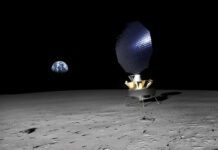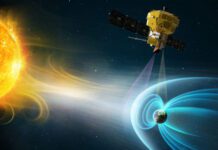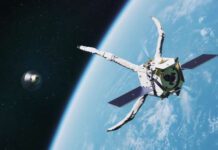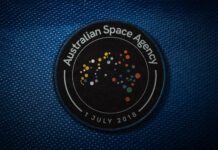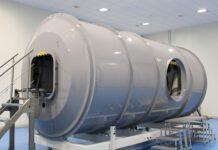
The European Space Agency has identified Saturn’s moon Enceladus as the most promising target for its next L-class mission, following on from JUICE, LISA, and Athena. The agency has also judged that the mission must collect a sample of the ocean world for analysis.
L-class missions are the largest ESA pursues in terms of scientific goals, cost, and the required development time.
In March 2019, ESA published a call for ideas for its Voyage 2050 programme. Two years later, in May 2021, the Voyage 2050 senior committee announced that the themes for the next three L-class missions would be, in order of implementation, Moons of the Giant Planets, From Temperate Exoplanets to the Milky Way and New Physical Probes of the Early Universe. In December 2021, ESA published a call for the formation of an expert committee that would translate the Moons of the Giant Planets theme into more concrete mission concepts. The report from this committee was finally published on 28 March 2024, with one target being identified as the most likely to fulfill the theme’s main priorities.
ESA’s main priority under the ‘Moons of the Giant Planets’ theme is to explore an ocean world’s habitability, focusing on the interaction between its interior and surroundings and searching for evidence of life, past or present.
In determining which of our solar system’s ocean worlds to study, the expert committee examined each against nine scientific objectives that included surface geology and composition and the preservation state of biosignatures. On all but one of the nine scientific objectives, Enceladus was identified as a highly relevant target.

Collecting a sample of Enceladus will be one of the mission’s primary aims. The report proposed using either a lander or a probe that would fly close enough to the surface to sweep up material ejected by plumes to collect samples from the moon’s south pole.
While Enceladus has been identified as the most promising target, Titan and Jupiter’s moon Europa were also identified as promising.


